Why are some quartz watches expensive while others are cheap?
When you're sourcing watches from manufacturers for wholesale or customization, you may encounter situations where watches with almost identical functions, cases, dials, and straps have different price quotes. This is often due to differences in the watch movements. The movement is the heart of the watch, and quartz watch movements are mass-produced on assembly lines, resulting in low labor costs. However, there are different grades of quartz movements, leading to price variations. Today, Naviforce Watch Factory will help you understand more about quartz movements.

The commercial application of quartz technology began in the mid-20th century. The earliest prototype of a quartz clock was designed by Swiss engineer Max Hetzel in 1952, while the first commercially available quartz watch was introduced by the Japanese company Seiko in 1969. This watch, known as the Seiko Astron, marked the beginning of the quartz watch era. Its low cost, extremely high timekeeping accuracy, and additional features made it the preferred choice for consumers. At the same time, the rise of quartz technology led to the decline of the Swiss mechanical watch industry and sparked the quartz crisis of the 1970s and 1980s, during which many European mechanical watch factories faced bankruptcy.

Seiko Astron – The World's First Quartz-Powered Watch
Quartz movement, also known as electronic movement, operates by utilizing energy provided by a battery to drive gears, which in turn move hands or discs connected to them, displaying time, date, day of the week, or other functions on the watch.
A watch movement consists of a battery, electronic circuitry, and a quartz crystal. The battery supplies current to the electronic circuitry, which passes through the quartz crystal, causing it to oscillate at a frequency of 32,768 kHz. The oscillations measured by the circuitry are converted into precise time signals, which regulate the movement of the watch hands. The oscillation frequency of the quartz crystal can reach several thousand times per second, providing an extremely accurate timekeeping reference. Typical quartz clocks or watches gain or lose 15 seconds every 30 days, making quartz watches more accurate than mechanical watches.
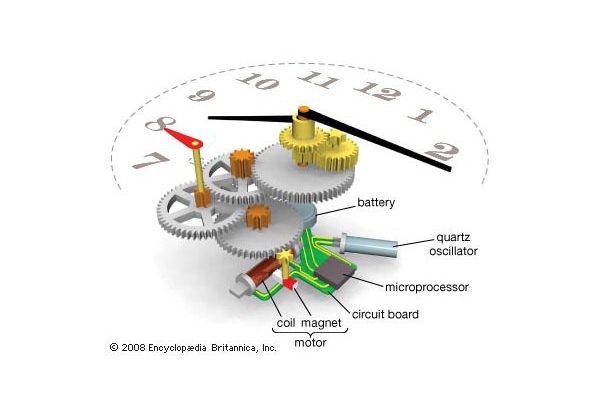
The price of quartz movements is determined by their types and grades. When choosing a movement, factors such as brand reputation, functionality, and price all need to be considered.
Types of Quartz Movements:
The types and grades of quartz movements are crucial factors to consider when making a selection, as they directly impact the accuracy, durability, and price of the watch. Here are some common types and grades of quartz movements:
1.Standard Quartz Movements: These are typically the primary choice for mass-market watches. They offer relatively low prices, with average accuracy and durability. They are suitable for everyday wear and can meet basic timekeeping needs.
2.High-Precision Quartz Movements: These movements offer higher accuracy and additional functions such as calendars and chronographs. They usually employ more advanced technology and materials, resulting in higher prices, but they excel in timekeeping performance.
3.High-End Quartz Movements: These movements boast extremely high accuracy and special features such as radio-controlled timekeeping, annual variations, a 10-year power reserve, and solar power.High-end quartz movements may also incorporate advanced tourbillon technology or unique oscillation systems. While they often come with a hefty price tag, they are preferred by watch collectors and enthusiasts.
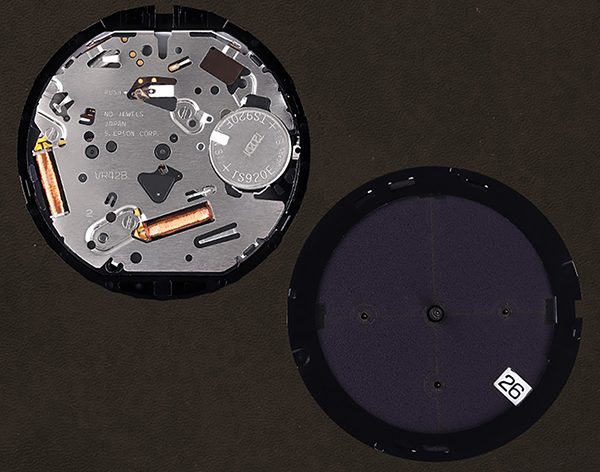
When it comes to quartz movements, two representative countries cannot be overlooked: Japan and Switzerland. Japanese movements are highly praised for their precision, durability, and technological innovation. Representative brands include Seiko, Citizen, and Casio. These brands' movements enjoy a worldwide reputation and are widely used in various types of watches, from everyday wear to professional sports watches.
On the other hand, Swiss movements are renowned for their high-end luxury and excellent craftsmanship. Movements manufactured by Swiss watch brands such as ETA, Ronda, and Sellita exhibit outstanding quality and are typically used in high-end watches, known for their accuracy and stability.
Naviforce has been customizing movements with the Japanese movement brand Seiko Epson for many years, establishing a partnership of over a decade. This collaboration not only recognizes the strength of the Naviforce brand but also represents our firm commitment to quality pursuit. We integrate their advanced technology into the design and manufacturing of Naviforce watches, providing consumers with higher quality assurance and cost-effective timepieces, delivering superior user experiences. This has garnered attention and affection from many consumers and wholesalers alike.
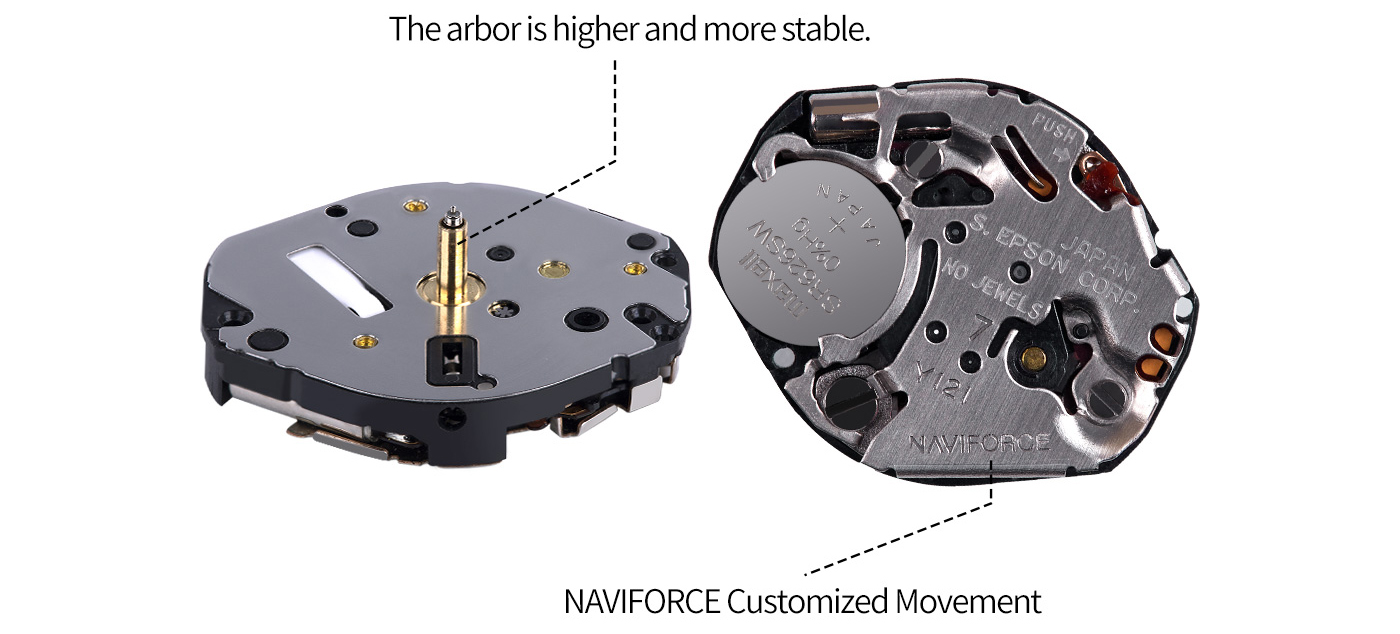
For all your wholesale and custom quartz watch needs, Naviforce is the ultimate choice. Partnering with us means unlocking tailored services, from choosing movements and dial designs to selecting materials. We adapt to your market requirements and brand identity, ensuring your success. We recognize the importance of quality and credibility in your business, which is why we collaborate closely to craft standout products. Reach out to us now, and let's strive for excellence together!
Post time: Apr-12-2024






 Men
Men
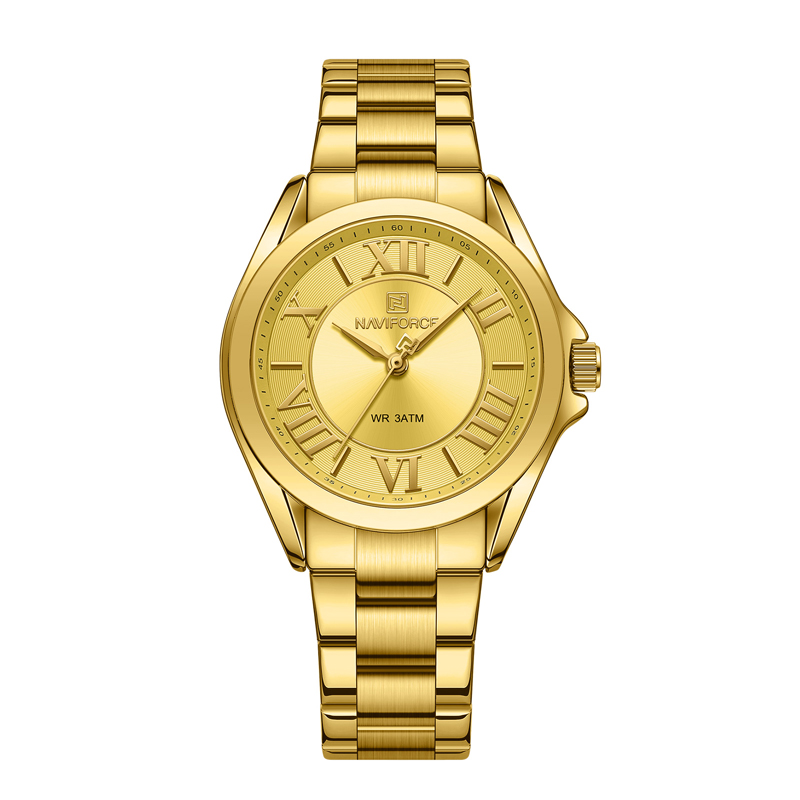 Women
Women
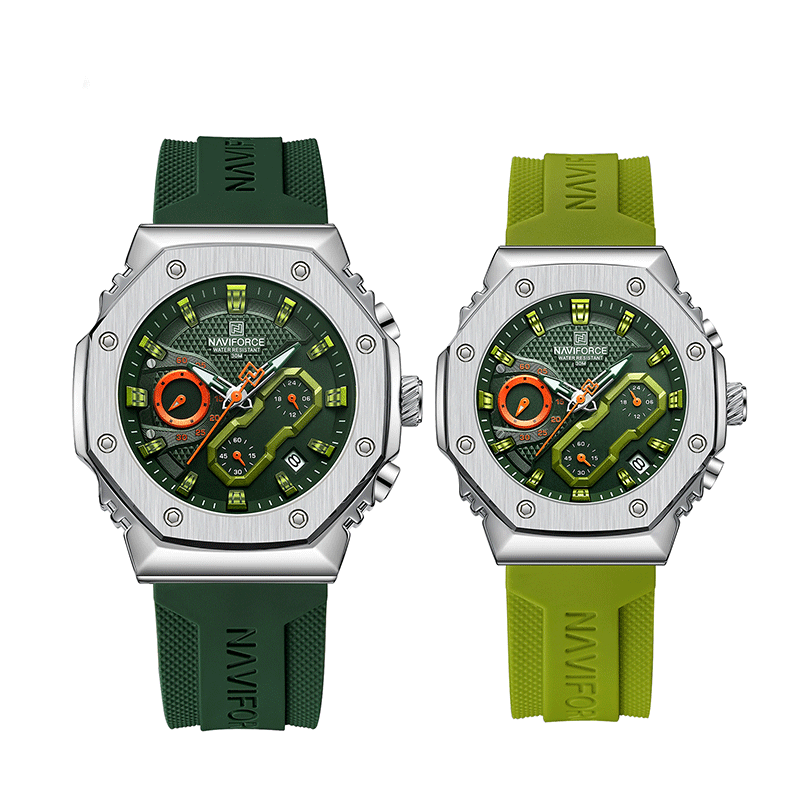 Couples
Couples
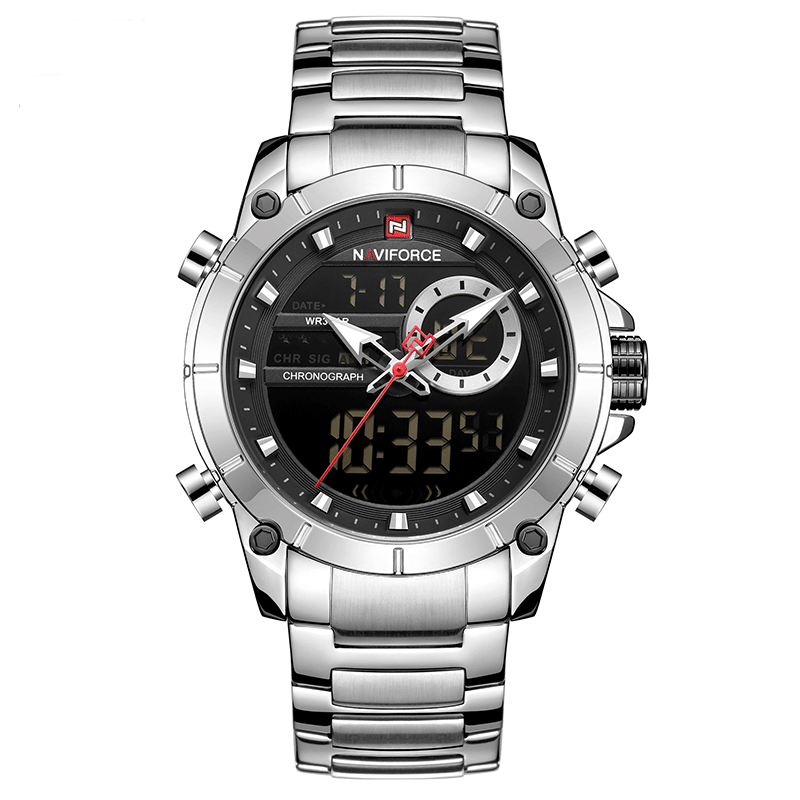 Digital Watch
Digital Watch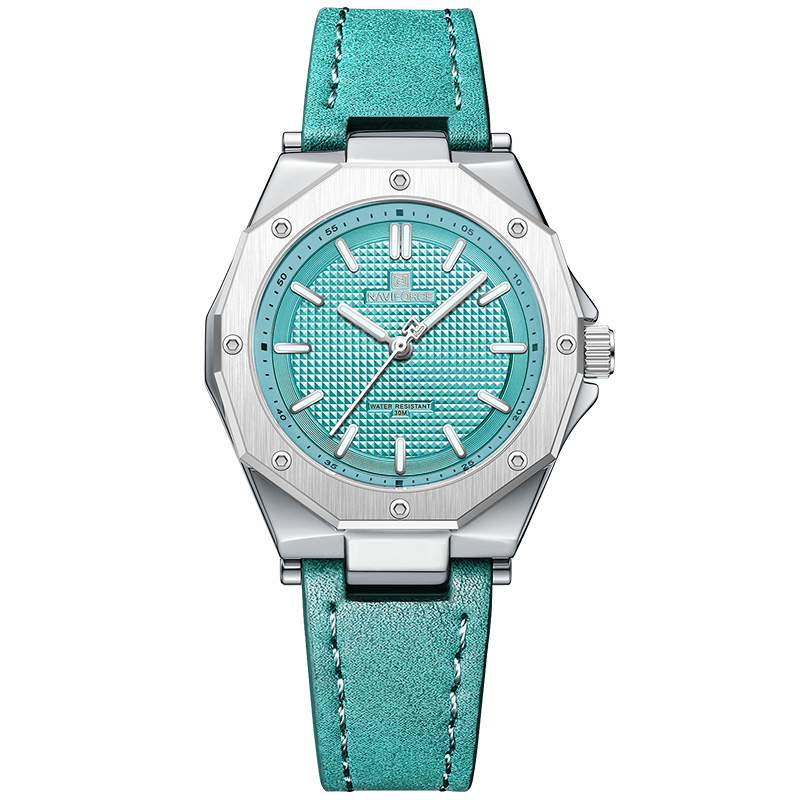 Quartz
Quartz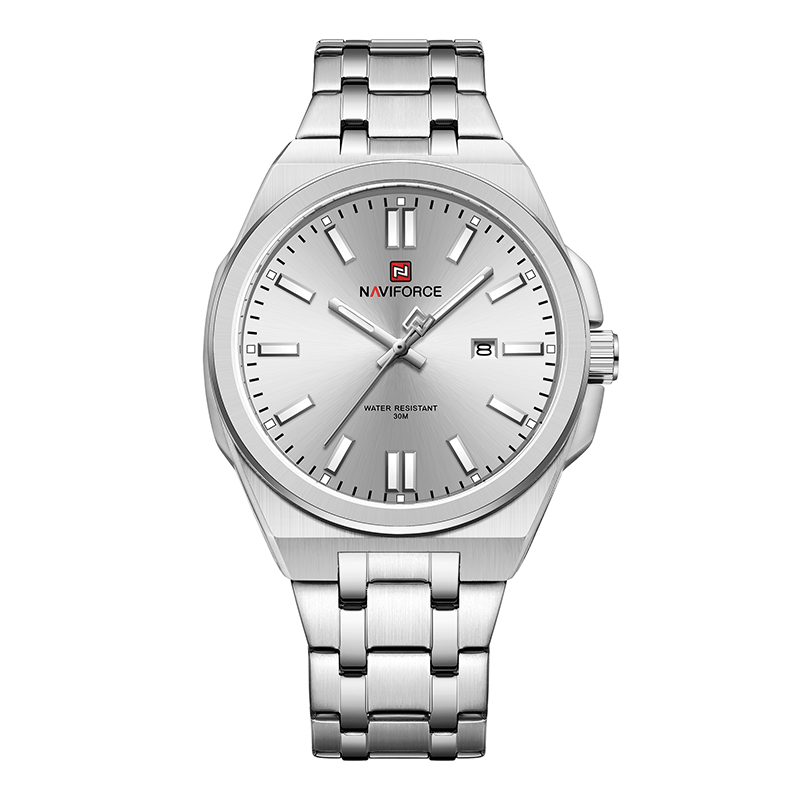 Quartz
Quartz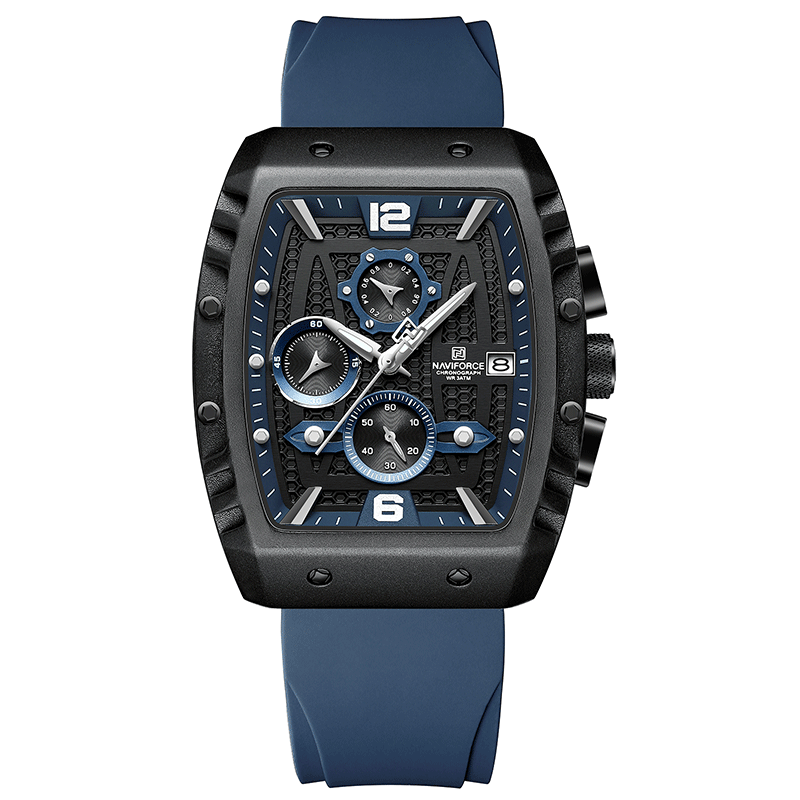 Quartz
Quartz  Quartz
Quartz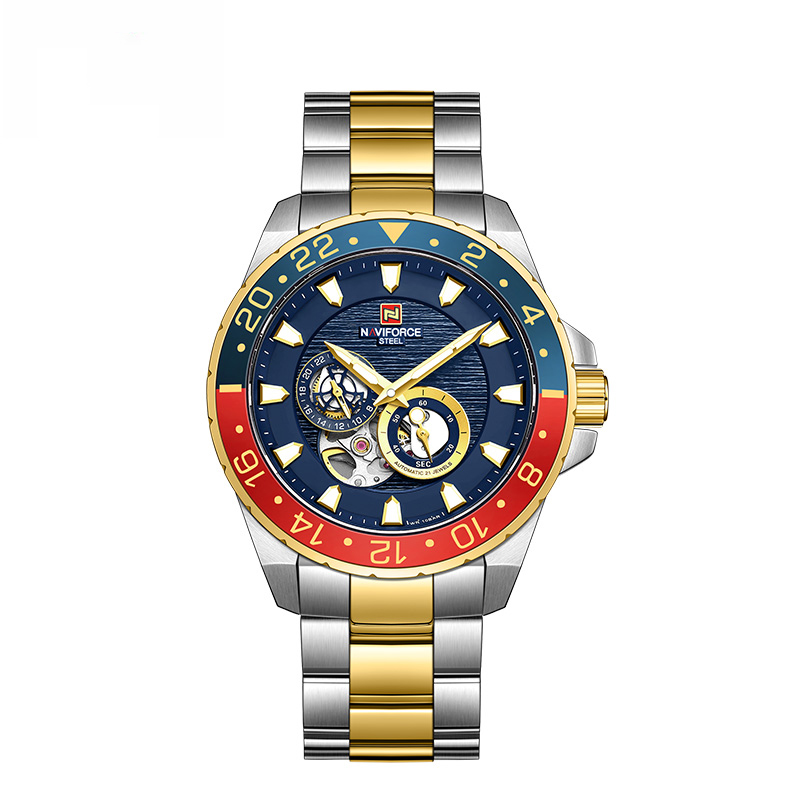 Automatic Mechanical Watch
Automatic Mechanical Watch
 Solar-Powered Watch
Solar-Powered Watch
 Smart Watch
Smart Watch




